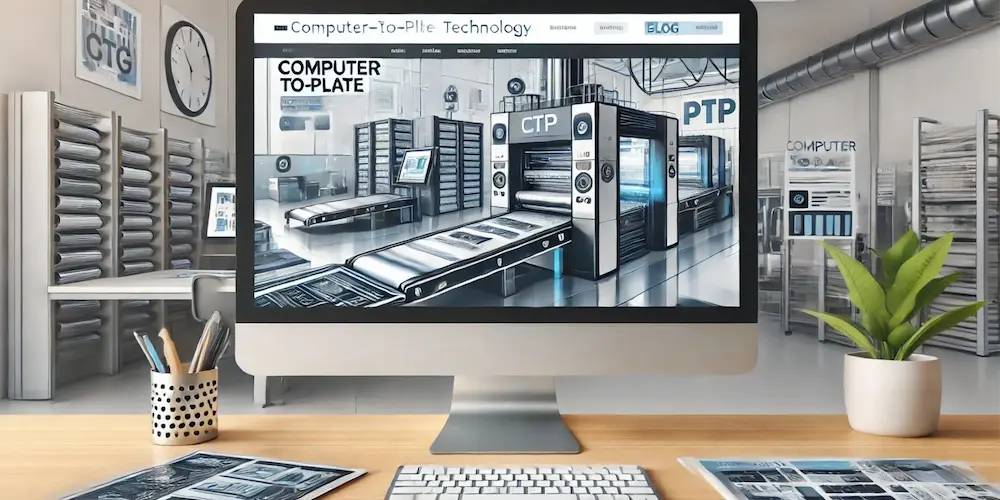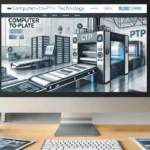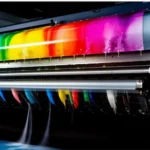Computer-to-plate (CTP)

Computer to plate (CTP) is an imaging innovation that assists with moving an advanced picture created in a PC straightforwardly to a printing plate. Before the computer-to-plate, the innovation utilized was computer-to-film (CTF), where the picture yield was passed to a visual film, and the resulting film was then used to make the printing plate. This interaction is like darkroom photography. The Computer To Plate innovation assists with wiping out all the darkroom processes and thus is financially savvy. Computer-to-plate is a lot quicker than film-based printing, so the efficiency of printing increments significantly.
3 Powerful Computer To Plate Technologies & Light Sources
Computer-to-plate innovation depends on the development of the imagesetter and the wellspring of light presented to the plate. There are three distinct development types:
- Inner drum
- Outside drum
- Flatbed imagesetter
Also, there are two sorts of light sources: bright light bulbs and laser diodes. Laser diodes’ energy and frequency depend on the sort of plates utilized in the framework. They are broadly utilized in the paper and magazine printing industry.
Computer to Plate enjoys various upper hands over the other traditional printing processes. The greatest benefit is eliminating the film age and compound use layer. Computer to Plate works on the nature of the result, as the middle-of-the-road films utilized in different strategies might have scratches or different issues. In any case, there are a few burdens in the Computer to Plate cycle, the greatest being that the picture should constantly be in the computerized design, and on the off chance that any rectification is required, a new plate should be made. Be that as it may, by and large, Computer to Plate is liked for its quicker interaction and financially savvy nature.




